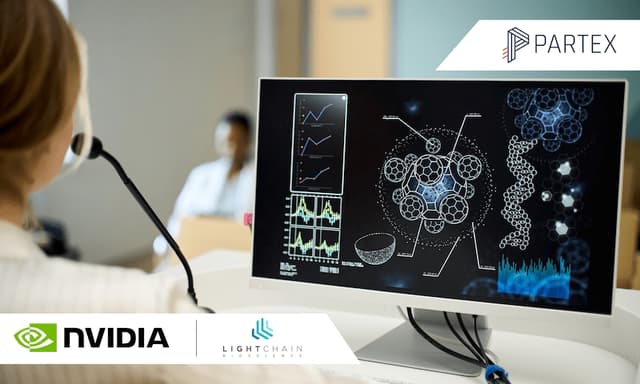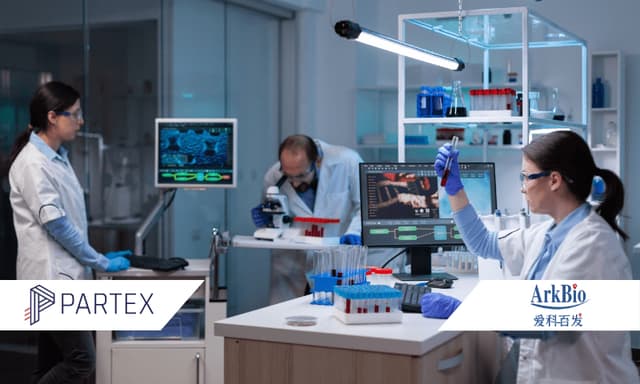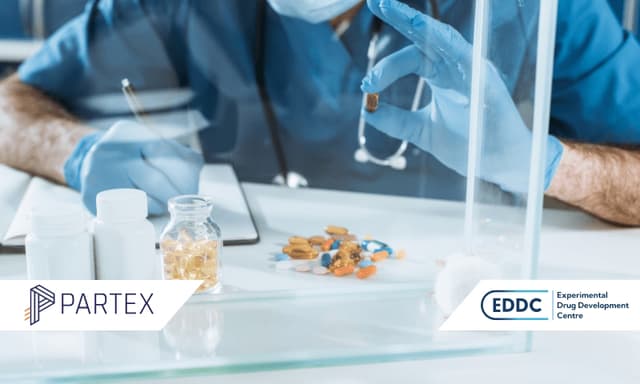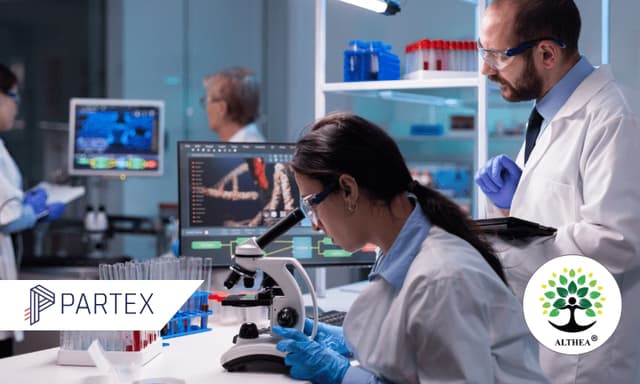The idea that a company’s success depends on how much it can leverage the skills of its employees’ bright minds is rapidly becoming an outdated concept. Companies that are equipped with technologies for collaborating with a vast pool of global talent will build a competitive advantage.
Collaboration is essential for innovation and efficiency. Open source projects provide evidence that collaboration can create real value for professionals. Researchers in pharma can also tap into this success and drive innovation by collaborating with peers across organizations. On average, it takes about 12 years to bring a new drug to market. Collaboration can shorten the drug development time significantly by increasing the number of “aha” moments within a short period. Consequently, collaboration can save time, costs, and, ultimately, lives.
One great example of a collaborative effort in pharma is the Accelerating Medicines Partnership (AMP), a partnership between the National Institutes of Health and various pharma and life science companies. The partners established the AMP in February 2014 to help relevant companies collaboratively identify promising biological targets for therapeutics. In January 2018, nine partners launched the most recent AMP project, which focuses on Parkinson’s disease.
Unlike some industries, pharma companies are not maximizing their capabilities to bring innovative products to market because they have not fully embraced the culture of collaboration. Researchers view themselves as the sole owners of their own data and carefully guard it. Even within the same company, researchers on different teams or departments may not be willing to share their research findings and insights with each other.
For pharma companies embracing collaboration, one big challenge deters them: how to protect their intellectual property rights while collaborating across companies. Intellectual property protections offer benefits for pharma companies, including guarding patents and protecting proprietary data.
Aiming to bridge the divide, my organization provides a blockchain solution that increases collaboration in the pharma industry by allowing researchers to share insights with one another in a secure and transparent way. Other companies working to do this are Dymaximum, which connects payers with pharmaceutical, biotech and medical device companies to enable communication and collaboration in the formulary, reimbursement and market access ecosystem. And MedKeeper is another company that enhances collaboration by offering medication tracking, checklists and workflow applications for hospital pharmacies.
In the past, researchers in the pharma and life science industries have hesitated to share their data and experiment results openly with colleagues because there has not been a good way to protect their intellectual property rights outside of published journals.
We know that blockchain can offer a solution for the protection of intellectual property rights. It can make new levels of collaboration in pharma possible by providing a secure platform for pharma researchers to share insights and data with each other in real time while protecting intellectual property ownership rights.
Blockchain technology was launched when its first application, Bitcoin, was proposed in October 2008. According to Iansiti and Lakhani, blockchain is an “open, distributed ledger that can record transactions between two parties efficiently and in a verifiable and permanent way.” Blockchain is so efficient that third-party managers are not needed. The technology works by replicating identical databases which are hosted and managed by interested collaborators. When a collaborator makes a change in one copy, all identical copies are simultaneously updated so that every collaborator has access to the most recent data in real time.
Blockchain creates immutable time and ownership stamps on every document uploaded. Therefore, researchers can maintain ownership of their data even as they securely license it for use by other researchers and institutions.
Blockchain can increase collaboration by allowing researchers to share insights with one another in a secure and open way. One major problem in pharma research is the time lag between the completion of a preclinical study and the publication of its results in academic journals. A researcher might complete an experiment in January, write up the results and submit it to a journal in February. The article is then peer-reviewed, and is not published until May or June. That is a four- or five-month delay between the completion of an experiment and the publication of the insights. This time lag is a huge barrier to innovation.
Blockchain can make real-time data sharing possible by giving researchers a platform on which to upload and share their unpublished findings without worrying about the security of their intellectual property. Sharing their studies in real time will prevent the time lag typically seen when researchers have to wait for a journal to publish their studies.
The pharma industry is constantly in need of new and better innovative drugs to treat diseases, especially in this age of precision, personalized and targeted medicine. Pharma companies need to focus on getting innovative drugs to market faster. Collaboration across organizations is one way to achieve this. Pharma companies that take advantage of technologies that help employees collaborate with their peers in other organizations will build a significant competitive advantage.
The original article was published on Forbes.

Paris, June 2025 Partex has reduced the end-to-end timeline for antibody optimization from > 700 hours to 48 hours – a reduction by 93%. This enables faster, ...

Partnership builds on the successful launch of AK0707 collaboration, advancing next-generation oncology asset through AI-driven life cycle management Frankfur...

Frankfurt, Germany & Miami, FL, USA – March 17, 2025 – Partex NV and Fortress Biotech, Inc. (Nasdaq: FBIO) (“Fortress”), an innovative biopharmaceutical compan...

Frankfurt, Germany, 20th February, 2025 – Partex is pleased to announce a strategic collaboration with Princeton Drug Discovery Ltd (PDD), a leading biotech c...

Pune, [13-02-2025]: Pimpri Chinchwad University (PCU) reaffirmed its commitment to technological excellence and academic innovation by organizing a two -day Fac...

Pressemitteilung vom 08.01.2025 Die Amrit AG, ein Unternehmen der Partex Gruppe - einem führenden Anbieter von KI-Lösungen im Gesundheitswesen - gibt heute de...

Partnership aims to expand therapeutic potential of proprietary autotaxin inhibitor through AI-driven approach Frankfurt, Germany – Date – Partex, a leader in ...

Frankfurt, Germany, 3 rd June 2024, 9am CET Partex, a leading provider of AI-driven solutions in the pharmaceutical industry, is thrilled to announce i...

Frankfurt, Germany, 23 April 2024 – Partex, a leading provider of AI-driven solutions in the pharmaceutical industry, is thrilled to announce its partnership wi...

Frankfurt, Germany; 28 March 2024 – Partex Group, a pioneer in AI-driven drug discovery, announces a collaboration with Althea DRF Lifesciences, an established ...


Innoplexus wins Horizon Interactive Gold Award for Curia App
Read More